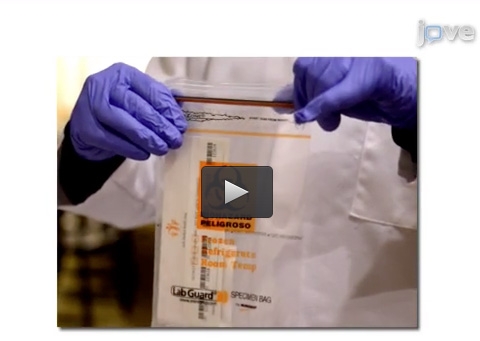McHale SM, Blocklin MK, Walter KN, Davis KD, Almeida DM, Klein LC.
The role of daily activities in youths' stress physiology. J Adolesc Health. 2012;51 (6) :623-8.
AbstractPURPOSE: This study examined links between diurnal patterns of the stress hormone cortisol and time spent by adolescents in nine common daily activities. METHODS: During eight consecutive nightly telephone interviews, 28 youths (n = 12 girls), 10-18 years of age, reported their daily activities. On 4 days, four saliva samples were also collected and assayed for cortisol. Multilevel models assessed within- and between-person associations between time in each activity and cortisol area under the curve (AUC), cortisol awakening response (CAR), morning peak (30 minutes after wake up), and daily decline (morning peak to bedtime). RESULTS: Links with AUC were found for most activities; significant associations with cortisol rhythms suggested that most effects were due to anticipation of the day's activities. Specifically, on days when youths spent more time than usual on video games and television, they had lower AUCs, with lower morning peaks. Youths who spent more time reading (within-person) and in computer-related activities (between-person) had higher AUCs, with stronger CARs (within-person). Youths who slept more had lower AUCs, with lower morning peaks on both the between- and within-person levels. Amounts of time spent in clubs, and for older adolescents in sports, were also linked to lower AUCs. Finally, youths who spent more time in school/schoolwork had lower average AUCs, but on days when youths spent more time than usual in school, they had higher AUCs, stronger CARs, and steeper daily declines. CONCLUSION: Beyond their known implications for psychological adjustment, youths' everyday activities are linked to stress physiology.

